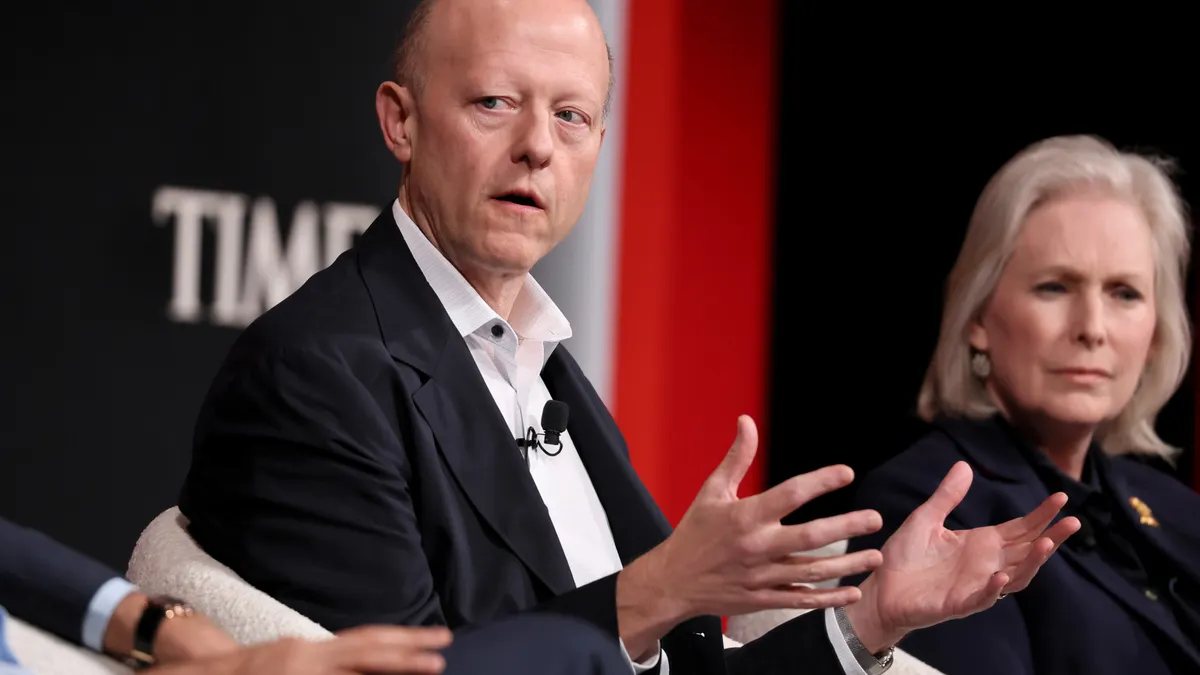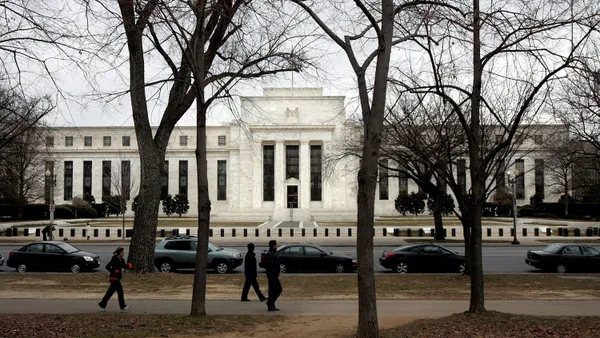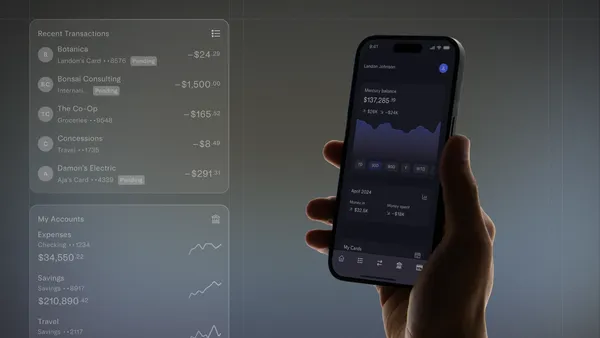In 2021, the poster CEO for flexibility may have been Citi’s Jane Fraser. Last March, she became the first Wall Street chief executive to embrace in writing a hybrid schedule, saying most of the bank’s employees, after the COVID-19 pandemic ebbs, would work three days a week from the office and two days remote.
She also banned internal video calls on Fridays — team meetings on that day became audio-only, although client meetings scheduled for Fridays still had a video component. Fraser encouraged staff to only schedule calls during what would be considered traditional working hours.
The primary beneficiary appeared to be the worker. At the time, a slide deck from 13 disgruntled junior Goldman Sachs analysts had gone viral, detailing 100-hour workweeks with projects that bled into weekends (that bank had typically tried to keep Saturdays work-free).
"I know, from your feedback and my own experience, the blurring of lines between home and work and the relentlessness of the pandemic workday have taken a toll on our well-being," Fraser wrote in a memo. "It's simply not sustainable."
She noted the benefit to the company, too, though.
"When our work regularly spills over into nights, very early mornings and weekends, it can prevent us from recharging fully, and that isn't good for you nor, ultimately, for Citi," Fraser wrote.
The 2022 model for flexibility may be UBS. CEO Ralph Hamers, in a November memo, announced that at the start of the new year, the bank would discontinue ranks above managing director. The move, which affected roughly 115 of the Swiss bank’s 70,000 employees, according to Reuters, didn’t impact executives’ pay, nor their responsibilities.
Hamers chalked the move up to an attempt to "help streamline decision-making and reduce hierarchy." In essence, it cut the corporate ladder to six levels instead of seven.
But the bank hasn’t stopped there. The November memo may have been titled "Simplicity starts at the top,” but UBS has been blurring the lines of title in the rank-and-file, too.
Titles such as managing director, director and associate have been hidden in the bank’s internal directory, Bloomberg reported Thursday, citing unnamed sources. Those titles once were displayed prominently by employees’ names.
Hamers is hoping the change will push workers to be known for their function or role rather than their place in a pecking order, the sources said.
"Focusing on roles and expertise will support our ongoing agile transformation," Serge Steiner, a spokesperson for the bank, told Bloomberg in an email, adding the effort would "enhance employee experience."
Hamers has also asked UBS executives to reduce paperwork, shorten meetings — by, among other things, making attendees stand up — and streamline meeting invites to include only attendees who are most crucial, the wire service reported.
Banks vary in the degree to which they trumpet executives' comings, goings and promotions — and this week demonstrated that. While BNY Mellon issued a press release announcing its hiring of a JPMorgan executive to lead its treasury services unit, Citi chose to use an internal memo to announce that the head of its commercial bank in Europe, the Middle and Africa would be moving to a similar role in North America.













